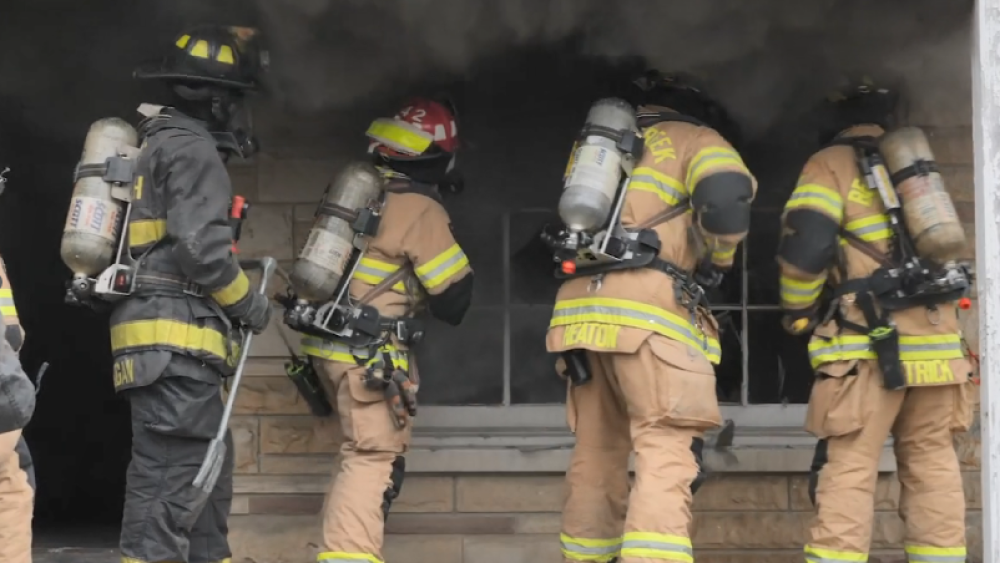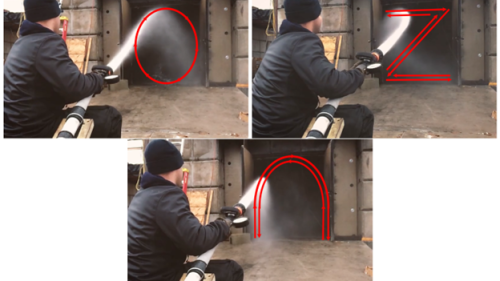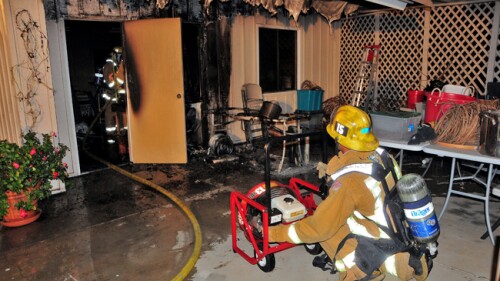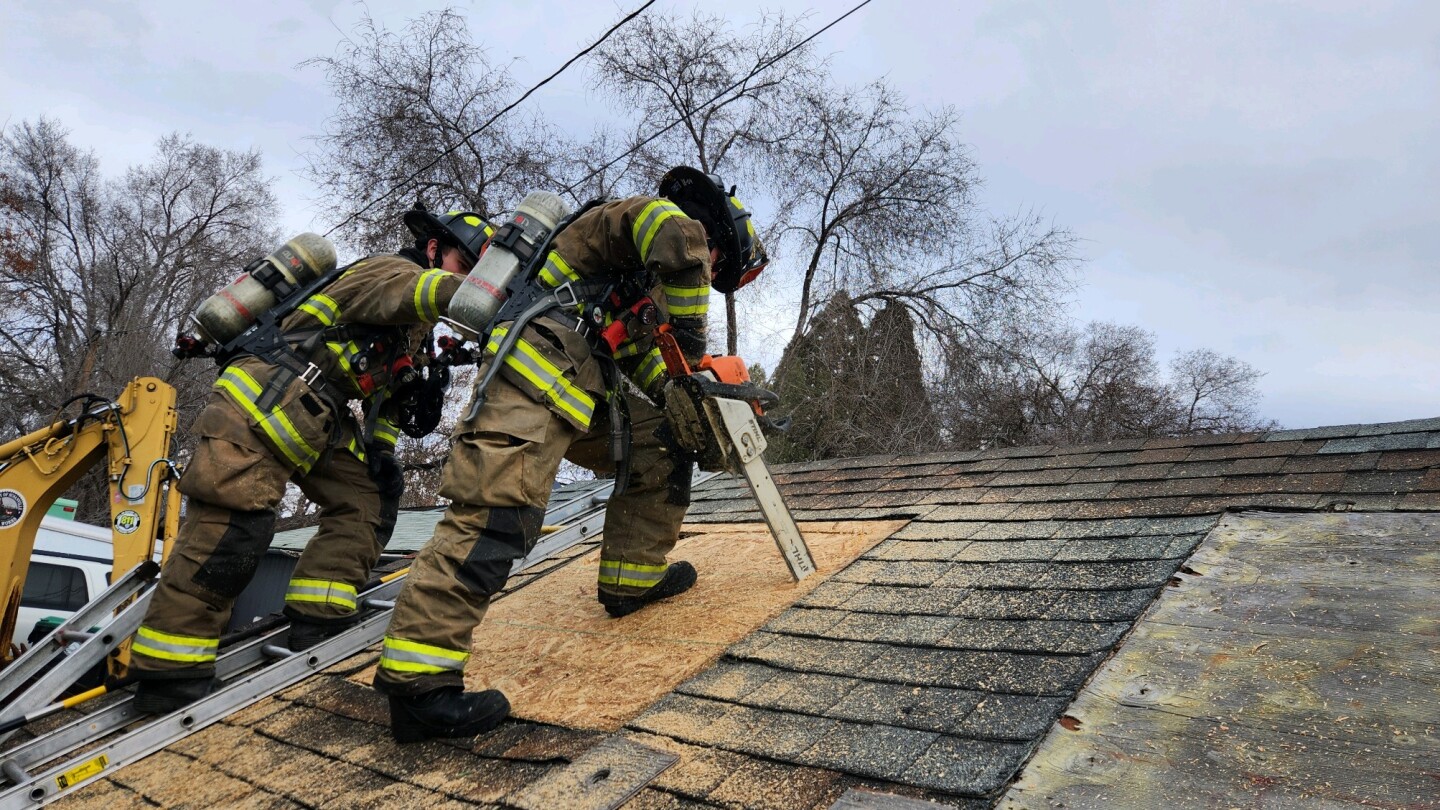As research continues to emerge, highlighting the importance of coordinated ventilation, firefighters are forced to adjust strategies and tactics. This special coverage series reviews the current ventilation-focused research and offers detailed steps for how to best implement the various ventilation operations – vertical ventilation, horizontal ventilation, positive pressure ventilation, among other tips and tricks to ensure safe fireground operations.
MOST POPULAR
- Watch: Tenn. firefighters rescue woman, 76, trapped in house fire
- Calif. FFs become trapped in structure fire collapse, near-miss report details
- Burning body identified as slain Pa. volunteer firefighter/EMT
- NFFF Memorial Weekend to honor 140 fallen firefighters
- Fire engine from fake fire department seized during raid of L.A. home
MORE FIREGROUND OPERATIONS
Empower firefighters and incident commanders with mobile computing devices that provide real-time information for better decision-making
Training tips for the unique hazards associated with rooftop blazes
Under rapidly changing conditions, errors in decision-making can lead to flawed tactics and tragic outcomes
The job of a company officer is not easy, but these tips can help you start off on the right foot
The decision isn’t always so simple, particularly with buildings involving many occupants
Detailing changes to firefighter boots over the years, plus insights into fireground contamination, and what lies ahead for NFPA 1971
Pressurized vessels often necessitate taking a defensive position until the heat source is removed
We must focus our efforts on quick suppression, fuel management, WUI codes and ignition reduction
Sprinkler systems, smoke detection and fire alarms may not yet be installed and operational



















